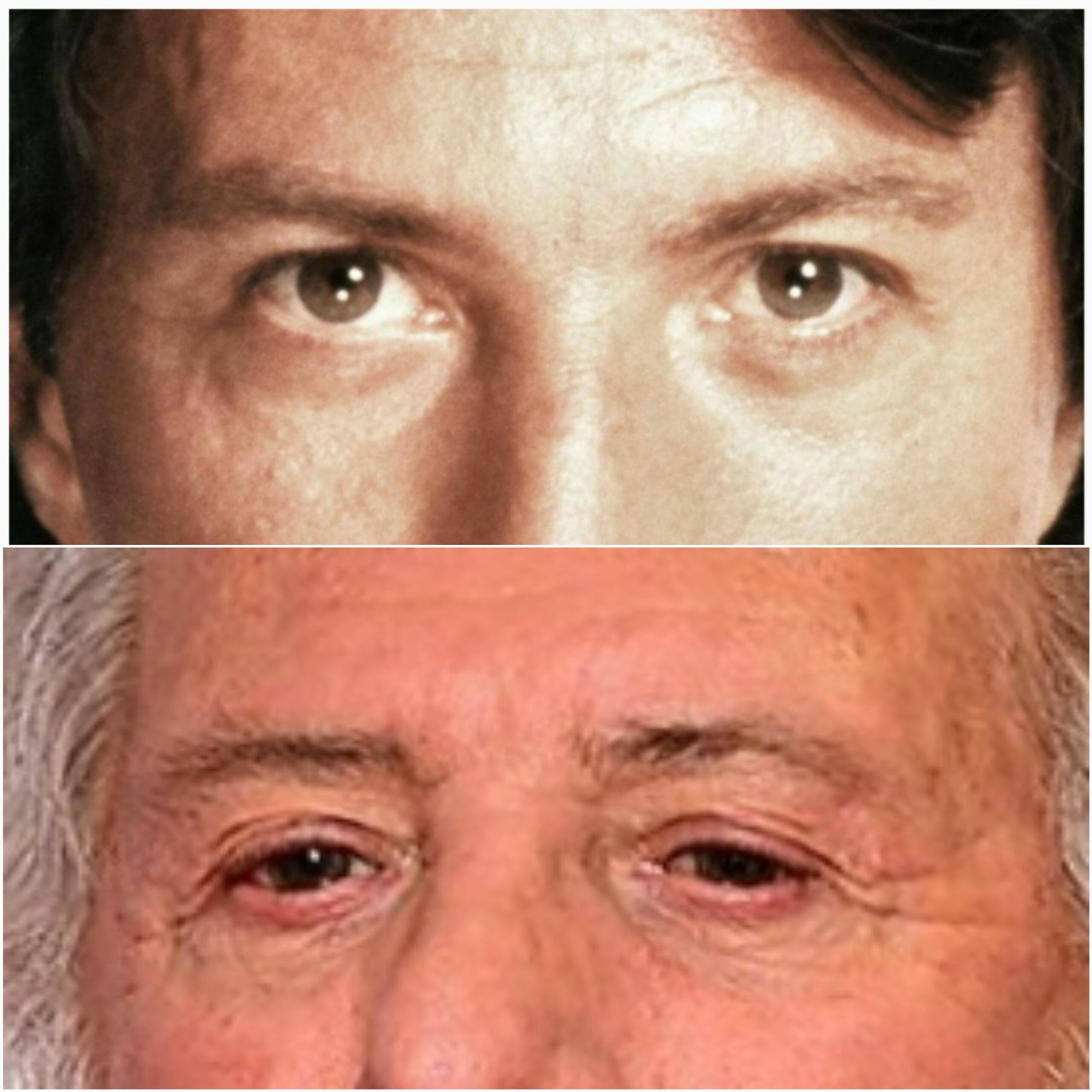Blepharoplasty is one of the most frequently performed cosmetic surgeries—but also one of the procedures with the highest rate of long-term patient dissatisfaction.
The classic technique involves removing excess skin of the upper eyelid through a spindle-shaped incision, often combined with the removal of periocular fat. For the lower eyelid, surgery typically reduces the “bags” via an incision along the eyelid margin.
Patients usually seek blepharoplasty to “rejuvenate the eyes” or to “lighten a heavy, tired gaze.”
However, before undergoing what seems like a simple operation, several key considerations should be weighed carefully:
- Medium-term outcomes (5–6 years after surgery) are often less satisfactory than immediate results.
- A linear incision in such a delicate area inevitably leads to structural and functional changes over time.
- There are valid alternatives to traditional surgical blepharoplasty that should always be considered.
- The removal of eyelid skin and orbital fat is irreversible.
Too often, patients choose surgery lightly—yet after just a few years, their gaze may look older, sadder, and definitively altered in shape.
In contrast, Morphodynamic Cosmetic Surgery approaches the problem by analyzing and correcting the causes of eyelid heaviness—such as changes in adjacent anatomy, loss of skin elasticity, or alterations in facial expressions.
Because aging fundamentally involves tissue atrophy, the goal should not be to cut away skin, but to restore youthful volumes and stimulate tissue regeneration.
Only after fully understanding these factors can patients make an informed decision about blepharoplasty. In any case, it is advisable to postpone surgery until later in life and to consider it only for carefully selected cases.
4. Upper Eyelid Blepharoplasty: The Hidden Consequences
Patients who undergo upper eyelid blepharoplasty should be aware that the shape and size of their eyes will change irreversibly.
The linear surgical incision produces several inevitable long-term effects:
- Orbital fat atrophy – The adipose tissue around the eyeball supports and nourishes the eye, providing fullness and a youthful look. Incision trauma (and, in some cases, surgical fat removal) leads to atrophy, resulting in a more sunken eye, similar to what is seen in extreme weight loss, chronic illness, or aging.
- Rounder eye shape – As periocular fat decreases, the globe becomes more prominent, creating a rounder appearance, regardless of how much skin is removed.
- Eyelid retraction – Scar tension causes gradual reduction of eyelid opening, leading to smaller, narrower eyes.
- Eyebrow descent – Because the scar blocks natural periocular dynamics, facial muscle traction gradually pulls the scar and the outer brow downward, creating a sad, aged expression.
Ultimately, after a few years, the aesthetics of the eyes worsen: the gaze becomes more tired and less youthful.
In clinical photographs, it is evident that patients who underwent upper blepharoplasty 4–5 years earlier develop strikingly similar changes in gaze—proof of the predictable, unfavorable consequences of this traditional technique.
Matsuo, Hirose, Takahashi, and Iwasawa (1994) conducted a long-term clinical study on eyelid configuration changes following blepharoplasty, revealing that progressive morphological alterations can occur several years after surgery.
The authors found that postoperative changes include narrowing of the palpebral fissure, ptosis-like lowering of the upper eyelid margin, and subtle asymmetries in eyelid contour.
These modifications were attributed to scar contracture, tissue remodeling, and altered muscle dynamics—particularly the levator and orbicularis oculi muscles—which together influence eyelid tension and movement.
The study concluded that blepharoplasty induces not only immediate aesthetic improvements but also long-term biomechanical adaptations of the eyelid, underlining the importance of tension balance, tissue preservation, and mechanobiological considerations in surgical planning to maintain stable, natural results over time.
Reference:
Matsuo K, Hirose T, Takahashi N, Iwasawa M. Long-term changes in eyelid configuration after blepharoplasty. Plast Reconstr Surg. 1994;94(6):944–949.


